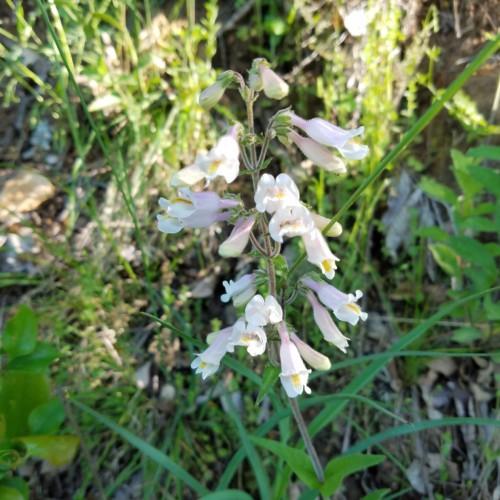
pale beardtongue
Penstemon pallidus
Cycle:
Herbaceous Perennial
Watering:
Minimum
Hardiness Zone:
4 - 8
Flowers:
Flowers
Sun:
Full sun,part shade
Leaf:
Yes
Growth Rate:
Low
Maintenance:
Low
Care Level:
Medium
watering
Pale beardtongue (Penstemon pallidus) is a drought tolerant species that prefers well-drained soil with consistent moisture.Watering should be done once a week during the active growth period in the spring and summer. When watering, apply about 1 inch of water, allowing the soil to dry out between watering. In autumn and winter, watering should be reduced to twice a month to prevent root rot due to overly moist soils. Water should be directed at the root zone of the plant and not on the crown or foliage of the plant.
sunlight
Pale beardtongue plants (Penstemon pallidus ) prefer to grow in full sun or partial shade. In general, they will do best if they receive at least 5 to 6 hours of direct sunlight every day. In hotter climates with longer days– typically in late spring and summer – pale beardtongue plants can take up to 8 or 10 hours of direct sunlight per day. When grown in partial shade or even in full sun, however, pale beardtongue plants are at greater risk of becoming over-stressed or damaged due to heat and light intensity. If the summer temperature rises above 90°F (32°C), then some shade may be necessary for the plants to remain healthy.
pruning
Pale beardtongue (Penstemon pallidus) should be pruned in early spring for most effective growth. Generally, the plant should be cut back to about 6 inches in height. Pinching off any dead flower stalks or diseased foliage is also recommended. Pruning should not be done too frequently; it should be done every 1-2 years. If desired, a midsummer pruning can be done to shape the plant and promote bushy growth. The plant should be cut back to about 6 inches in height after flowering, and have dead flower stalks removed.
